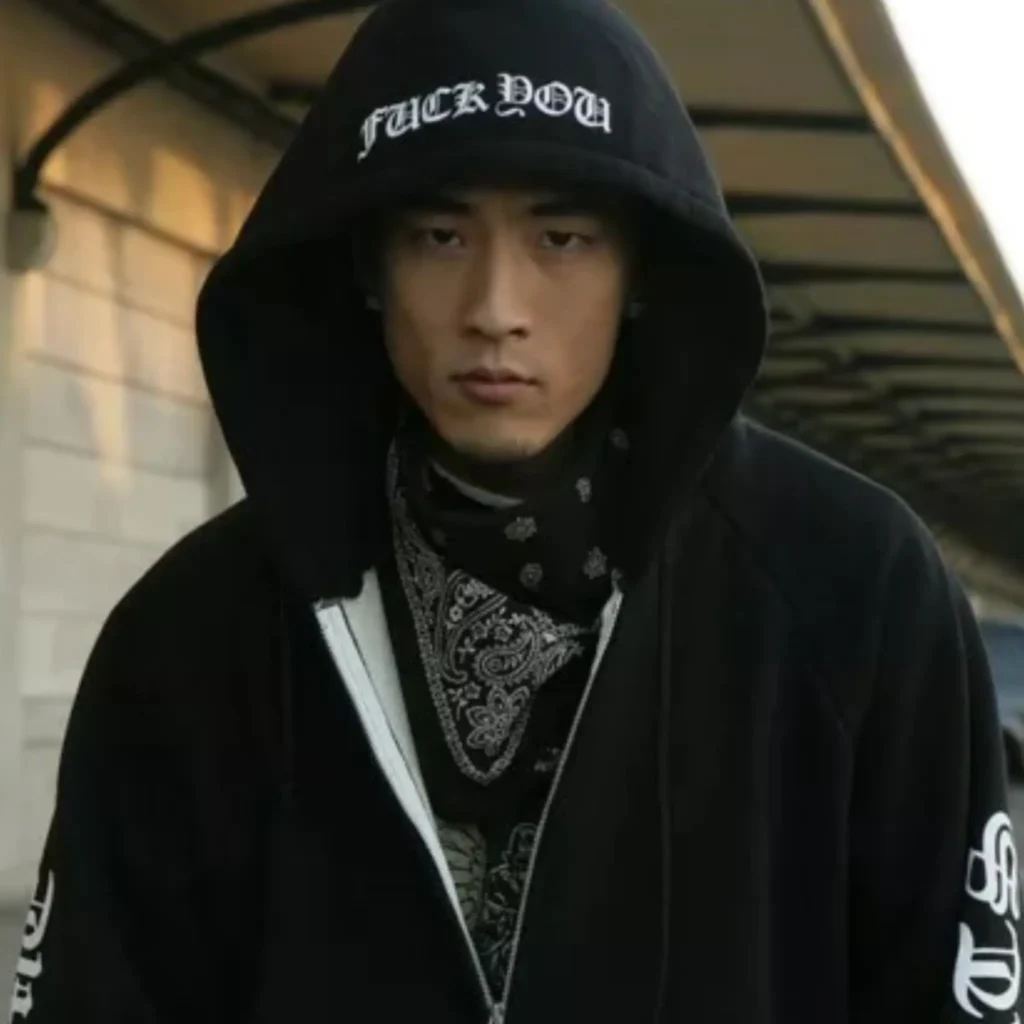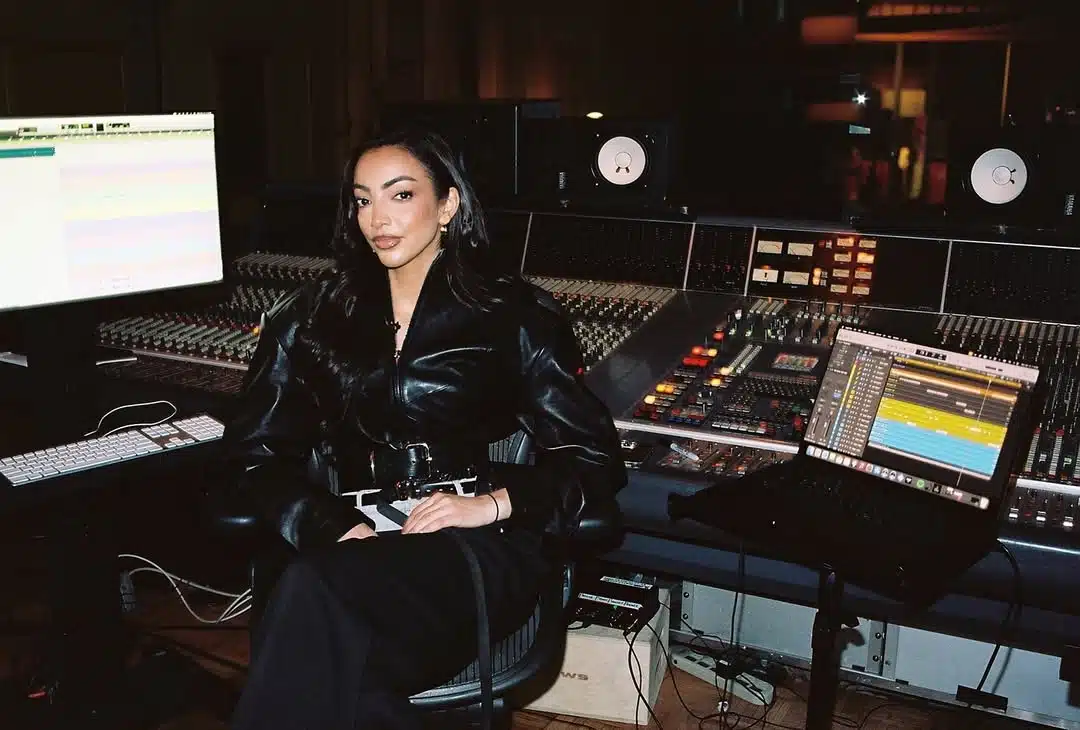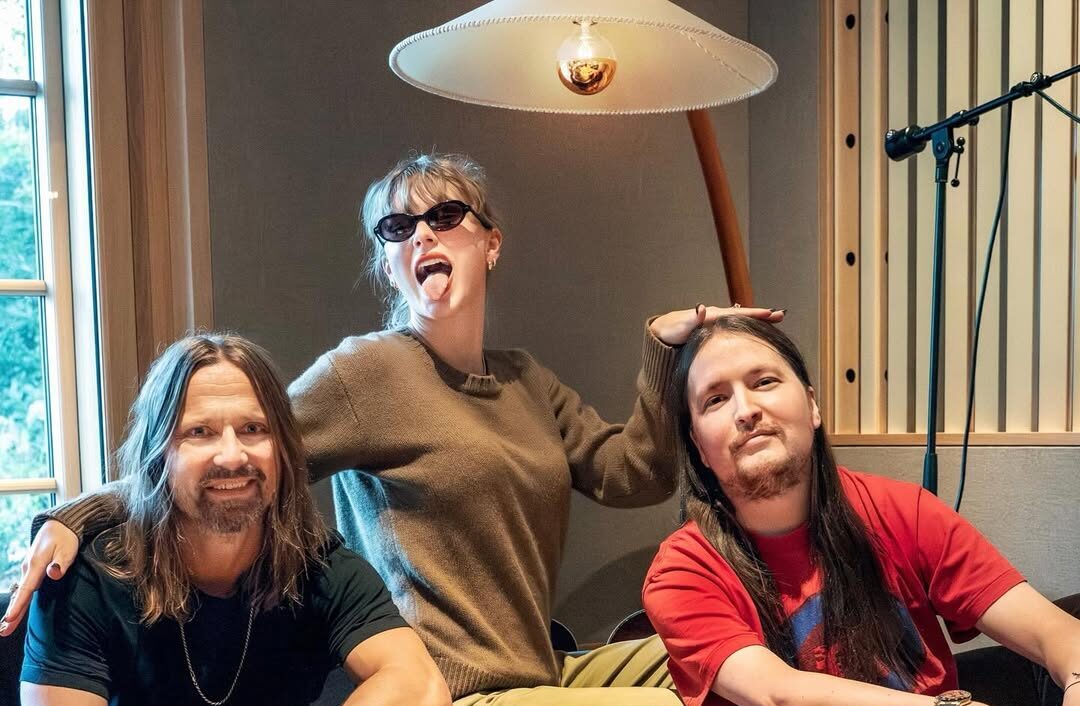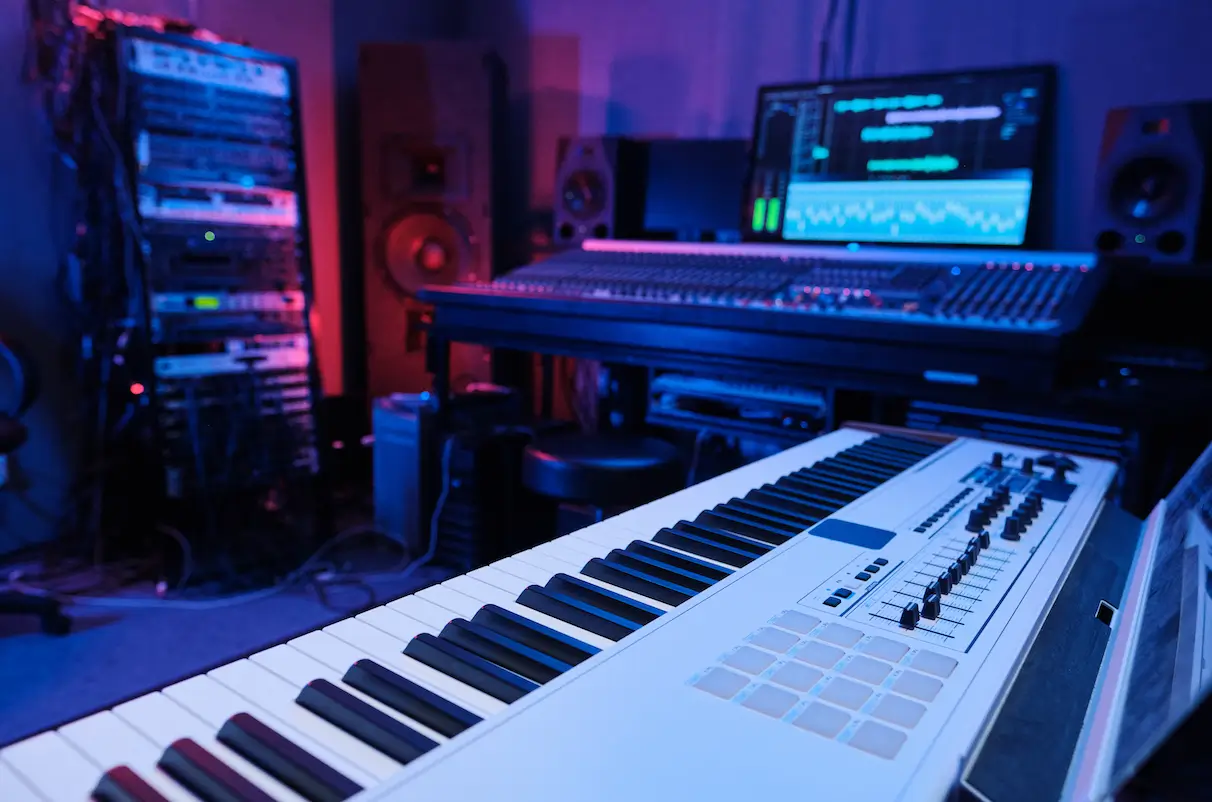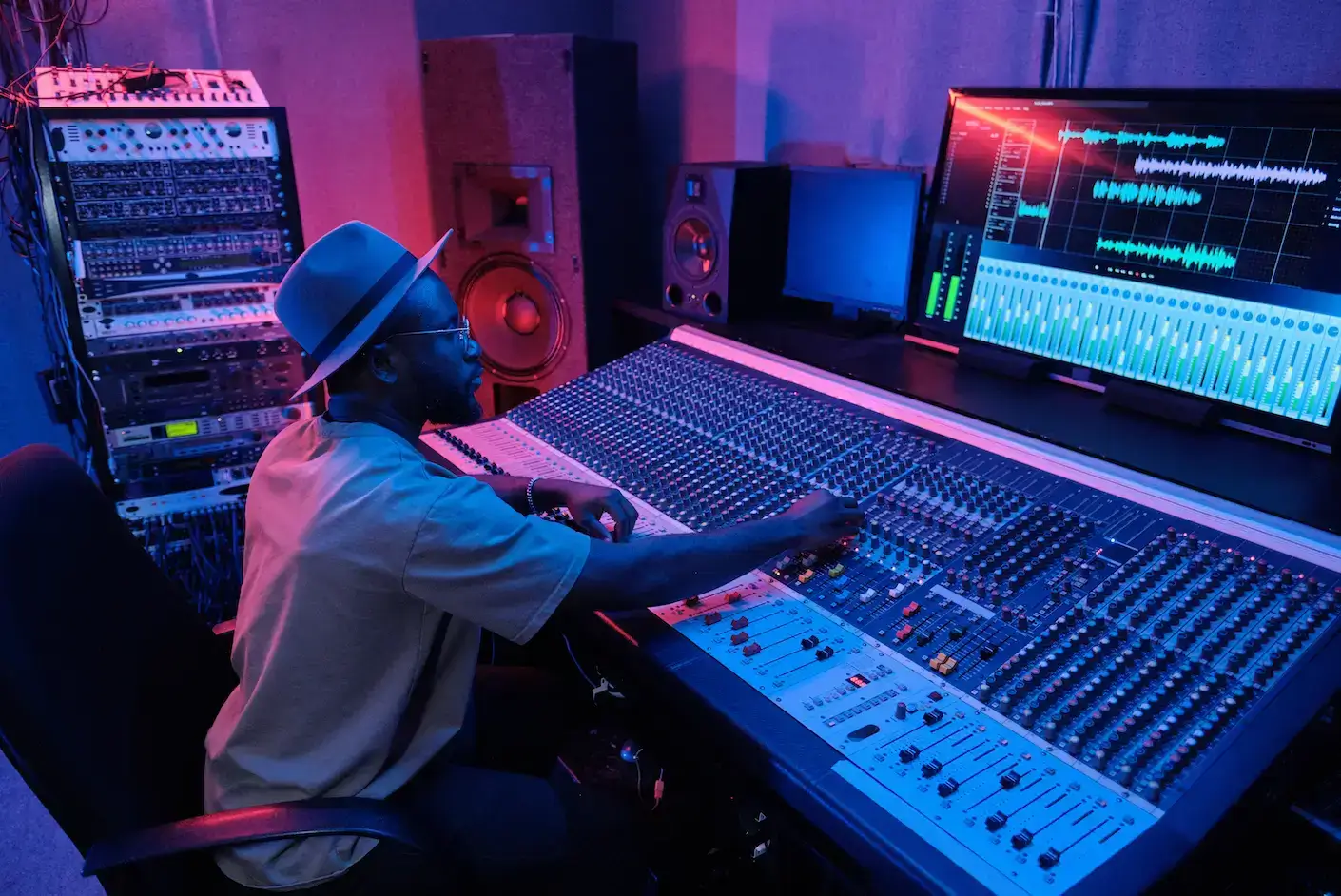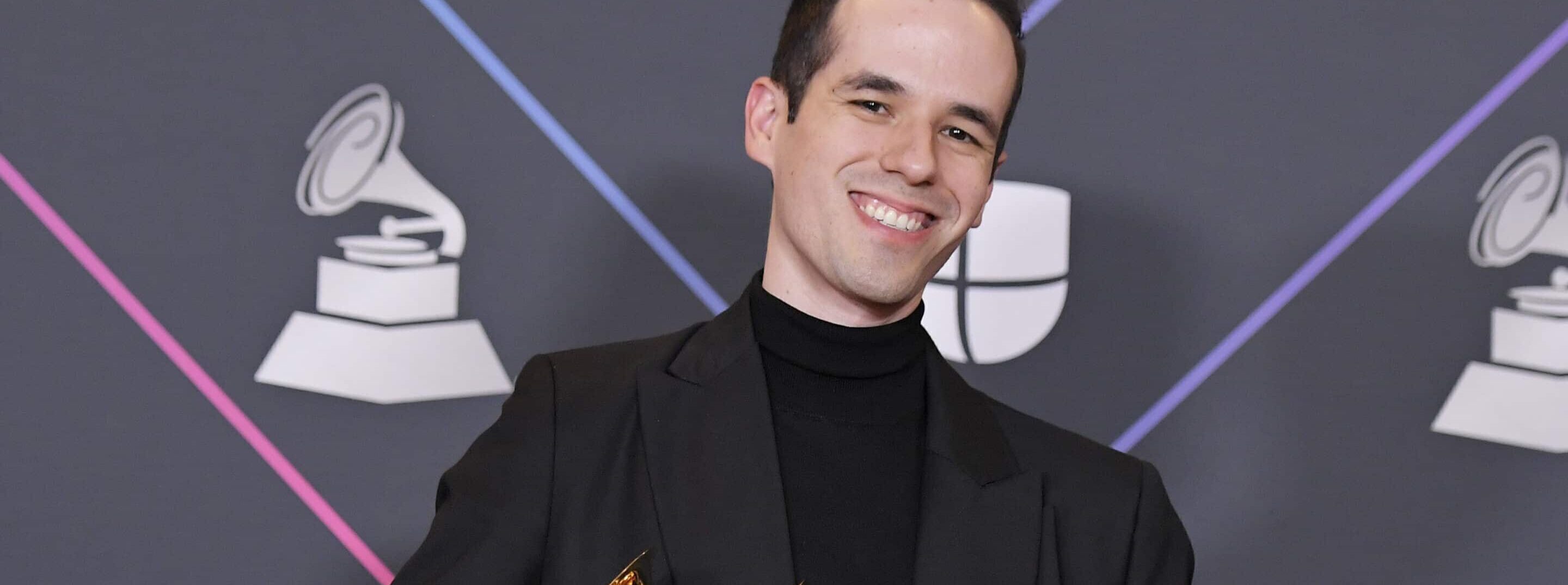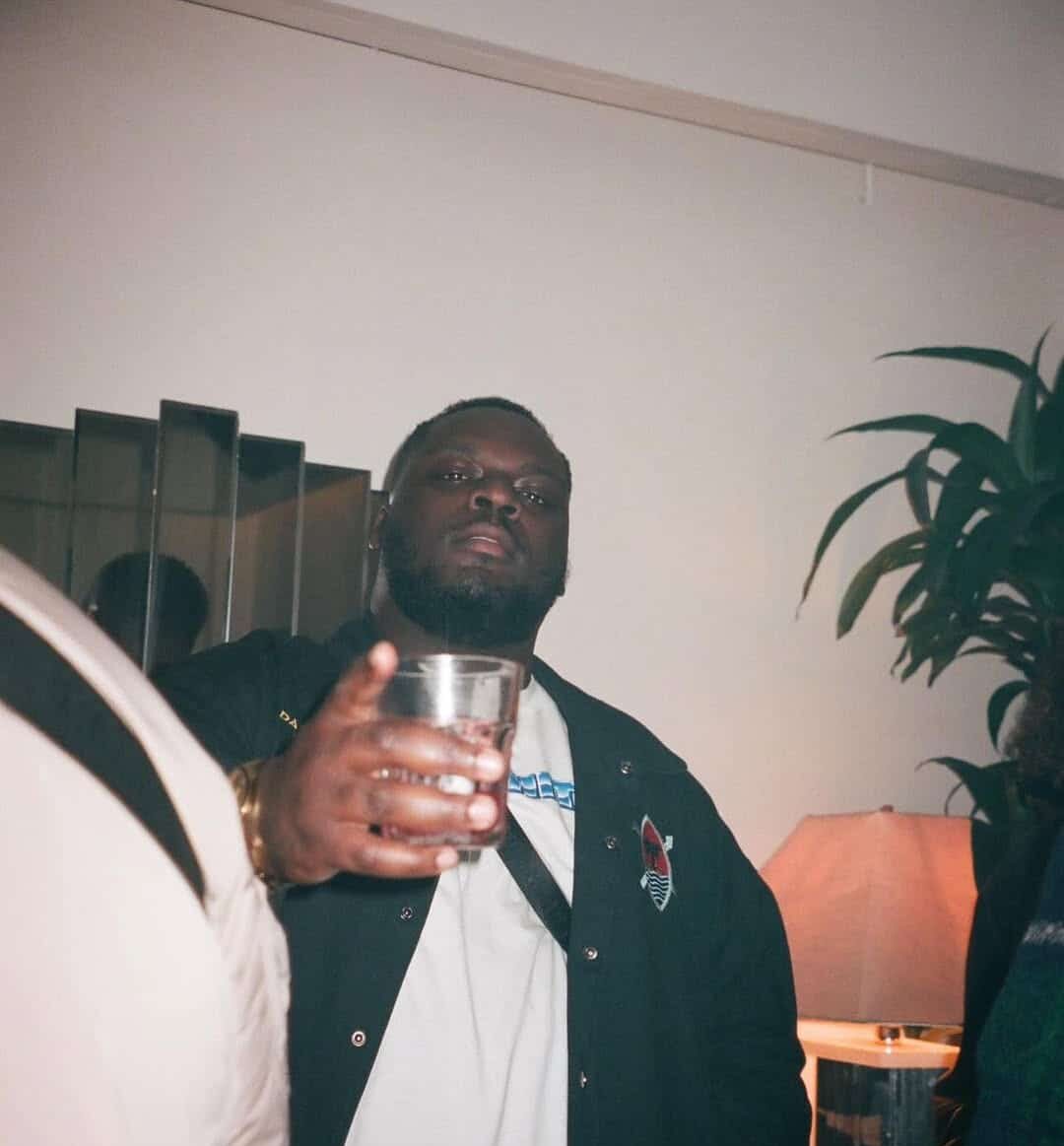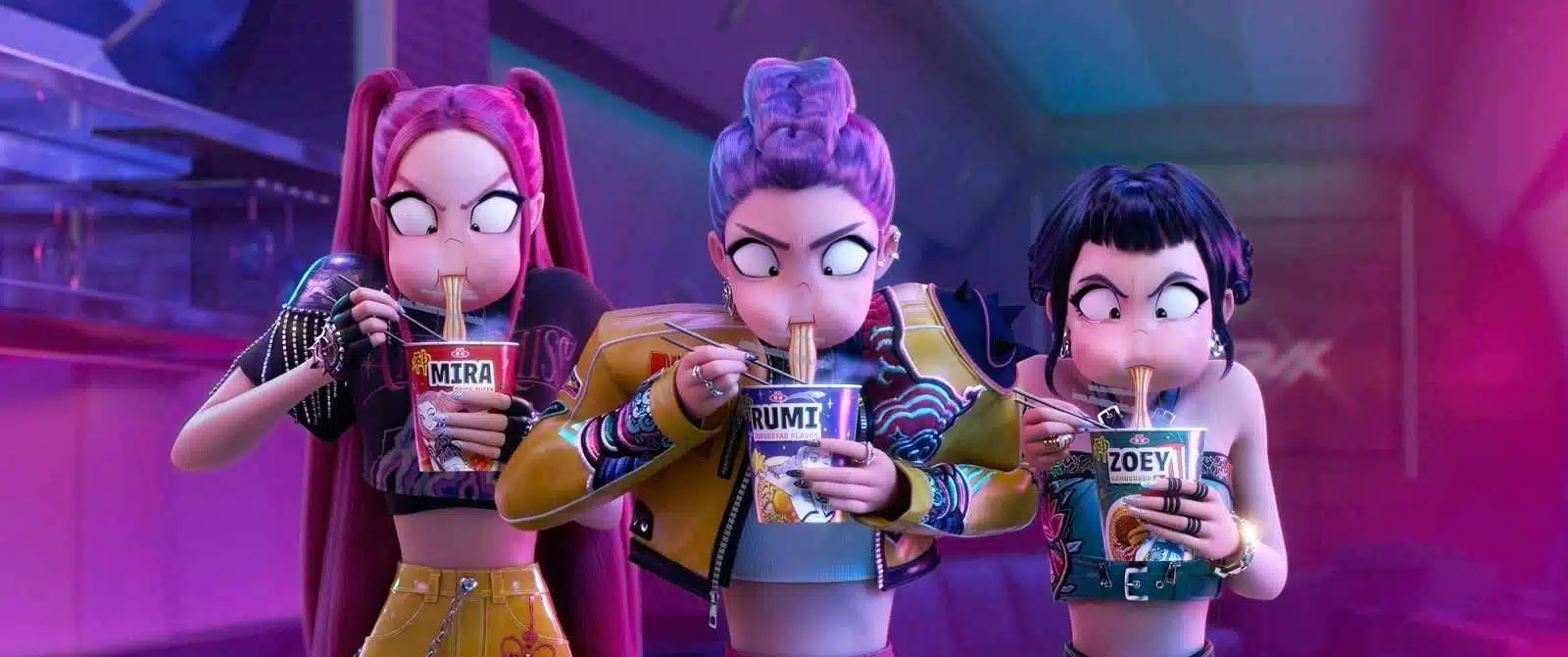K-pop has taken over the world. “Golden” is breaking records. Currently in its sixth week at #1 on the Hot 100, it has officially had the longest run by an animated act in the chart’s history. So if you know nothing about K-pop, or why this song and “Soda Pop” are everywhere, there is no better time to educate yourself. As always, Bay Eight is here to help.
How to Make a K-Pop Song
-
-
- Start with a trap beat, use an 808 and add some hi-hats
- Create an instrumental-led chorus
- Add a short vocal chop, pitch your voice up for a soprano feel
- Incorporate a tempo change into your bridge
- Add a rap portion, pitch your voice down for added bass
- Add a dance break for repeated plays as fans learn the choreo
-
What Exactly Is K-pop?
K-pop literally stands for “Korean pop.” Much like Western pop music, K-pop has no “signature sound”.” It simply takes inspiration from popular genres. In K-pop, these genres are often from the past. Hip hop is a major influence, not only in terms of sound, but often in visuals and styling as well.
K-pop stans cite choreography, fandom culture and a sense of community, and the production value of K-pop music videos as some of the things they love about the culture. The large amount of content their favorites provide, the wide range of genres K-pop pulls from, the introduction to a foreign culture (for non-Korean fans), and group members they find attractive are also big draws.
in the background, the world of K-pop has a corporate structure. Members have clear roles. Labels are involved not only in the music making process but also in artist management, both in their professional and private lives. To craft groups meant to have global appeal, some K-pop companies employ a “one of each” mentality towards race. These companies also offer years of training, whereas many Western labels no longer do. Artists are “trainees” who take lessons in singing, dancing, language classes, and public speaking.
Who is Teddy?
“He’s able to notice the trendiest elements in global pop and interpret them through his own distinctive lens, which made him a significant figure in K-pop’s evolution,” said Shim Jae-geol, music critic and CEO of K-pop marketing firm JX United.
Born in Korea, Teddy Park spent most of his early life in the US. Teddy learned piano as a child and eventually becaime interested in beatboxing. He signed to YG Entertainment at age 17. He began his career as a member of a hip-hop group called 1TYM in the 90s. It was one of the groups that helped popularize hip-hop in Korea. Following the end of his performance career, Teddy became an in-house producer for YG entertainment. He went on to work with a number of K-pop artists, with Blackpink being the most successful globally. Teddy has had a hand in the songwriting and production of nearly all of Blackpink’s songs.
Even if you aren’t very familiar with K-pop, you may have heard of some of the artists he’s worked with. Teddy has produced Blackpink’s collaboratiors with Lady Gaga, Dua Lipa, Megan Thee Stallion, and more. He has also worked with Diplo & Skriller.
Blackpink’s Jisoo referred to Teddy as the fifth member of the group, despite his low-profile. Teddy launched The Black Label under YG Entetainment, and the label eventually became independent. He continues to work with Blackpink in addition to taking part in the group’s solo careers.
Fun fact: Glorilla, who has recorded at Bay Eight, recently collaborated with BTS member j-hope’s on the song, “Killin’ It Girl.”
K-pop Demon Hunters?…What?
With over 236 mllion views, K-pop Demon Hunters is the most popular Netflix film of all time. The film is about a K-pop girl group that hunts demons at night. One of the film’s hit songs,”Soda Pop” is so catchy that the leads of the film can’t resist grooving to it, even though it’s a song by their rivals. In the real world, the song has proven just as irresistible. In fact, four of the film’s songs have made the top ten of the Billboard Hot 100, and the full soundtrack album reached number two on the Billboard 200.
@me1rjann_ Soda POP.. #kpopdemonhunters #sajaboys #sodapop
Teddy is credited as a producer on “How It’s Done,” “What It Sounds Like,” and “Golden.” Additionally, many of the Black Label’s producers partook in the making of the K-Pop Demon Hunters’ soundtrack.
How do I produce songs like Teddy?
Despite K-pop’s R&B and Hip-hop influences, there is a musical theather quality to its presentation. It’s dramatic. Blackpink songs typically include a build up and a beat drop. Tempo changes keep things exciting the whole way through. Even K-pop songs that are more in the dubstep or house genres typically still have a rap portion. With more than 2 billion Youtube views, “Ddu-du Ddu-du” is one of Blackpink’s biggest hits.
Some classify this song as “trap pop.” It employs many of Teddy’s signature methods. Blackpink songs are typically up-tempo and danceable. You’ll need an 808 and a drum pattern with a strong kick.Try adding some distortion for extra edge. Lean into the contrast between trap and pop. Create soprano vocals for your chorus and add a rap portion with more intense bass.
For a dark pop sound, incorporate unsettling sounds like heavy machinery malfunctioning or a spaceship landing. For a house-inspired feel, try vocal chops in the chorus. If you’re going for “bubblegum pop,” add plucks, whistles, or harp sounds for an added melodic element.
The Chorus
K-pop choruses are typically easy to sing along to. Try to craft a chorus people only need to hear twice before they can start singing along. Lyrics are usually a mix of English and Korean and vocals are sometimes minimal (I.E. “hit you with that ddu-du ddu-du”) with a repetitive vocal chop or phrase accentuating the beat. In Blackpink’s newest single “Jump,” the chorus is mostly instrumental with one repeated word (the Korean word for “Jump”) serving as the main vocal for that portion of the song.
Can You Give Me Some More Guidelines?
Start with an up-tempo beat around 120 BPM. Many current K-pop songs have trap beats as the base; so an 808, snares, hi-hats, and claps are a good start. This video shows an often used kick and snare pattern that provides a good base for a K-pop dance beat.
What Equipment Does Teddy Use to Make His K-pop Hits?
Teddy uses Protools as his DAW. We have much of the equipment he uses in our studio, including the Telefunken Elam 251 and Tube Tech CL1b Compressor. You can find a more extensive list of the equipment he uses including preferred synthesizers here. Remember you can always improvise with the tools you have access to. Beatboxing and a simple keyboard is enough to start the soongwriting process.
Whether you’re auditioning to be a K-pop idol or you want to be this generation’s Tracy Champan, our team of producers is here to help you refine your sound. Learn more booking our studio here.

